microbes to remember
1/39
There's no tags or description
Looks like no tags are added yet.
Name | Mastery | Learn | Test | Matching | Spaced |
|---|
No study sessions yet.
40 Terms
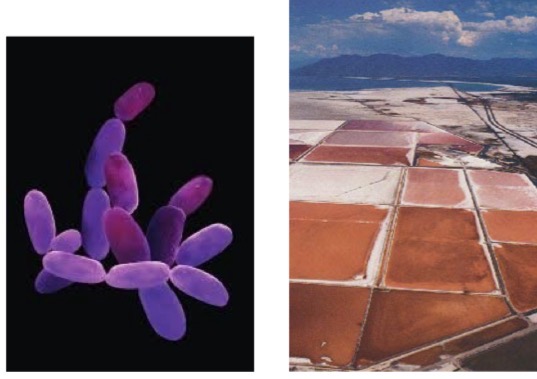
Genus: Halobacterium
Archaea, Phylum: Euryarchaeota
Halobacterium is a halophilic microbe that thrives in high salt environments such as the Dead Sea and salt lakes. It uses bacteriorhodopsin for photosynthesis and is typically rod- or cocci-shaped, colored red or purple. While not a common human pathogen, it is being studied for its potential roles in rare opportunistic infections, but is mostly recognized for its extremophile biology.
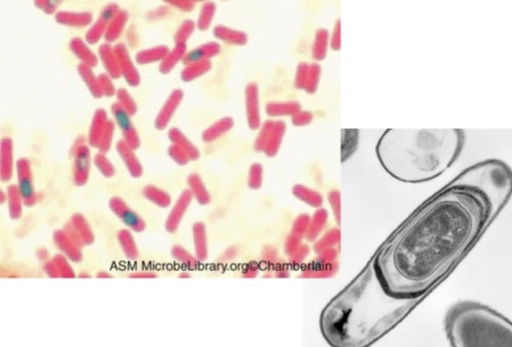
Genus: Bacillus
Bacteria, Phylum: Firmicutes
Bacillus is distinguished by its rod shape and the ability to form heat- and chemical-resistant endospores. Most species are aerobic or facultatively anaerobic. Notable pathogens include Bacillus anthracis (anthrax) and Bacillus cereus (food poisoning), but some species are beneficial probiotics. Disease involvement includes anthrax, wound infections, and foodborne illnesses.
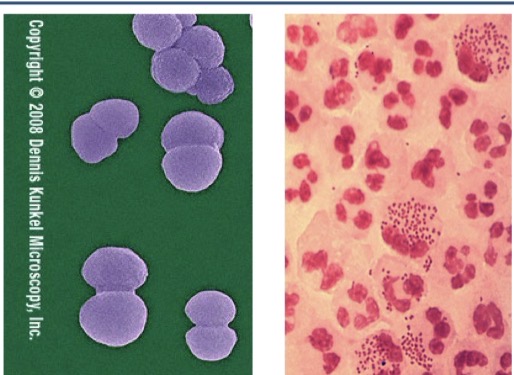
Genus: Neisseria
Bacteria, Phylum: Proteobacteria.
Gram-negative, aerobic, nonmotile cocci, often appearing in pairs. Some, like Neisseria gonorrhoeae and Neisseria meningitidis, are significant human pathogens causing gonorrhea and meningitis, respectively. Many Neisseria species are commensals of the mucous membranes but can become opportunistic under certain conditions.
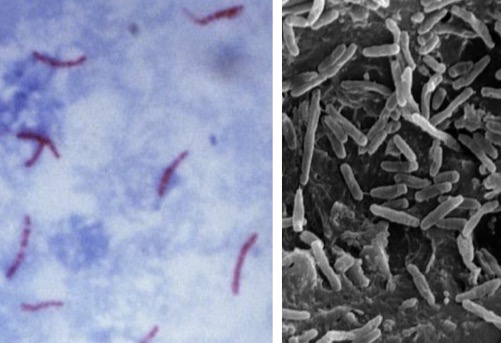
Genus: Mycobacterium
Bacteria, Phylum: Actinomycetota (Actinobacteria)
Mycobacterium species are acid-fast due to their waxy cell wall rich in mycolic acid. They are strictly aerobic and slow-growing. Mycobacterium tuberculosis causes tuberculosis and Mycobacterium leprae causes leprosy. Their resistance to treatment and immune evasion via complex cell walls makes them significant human pathogens.
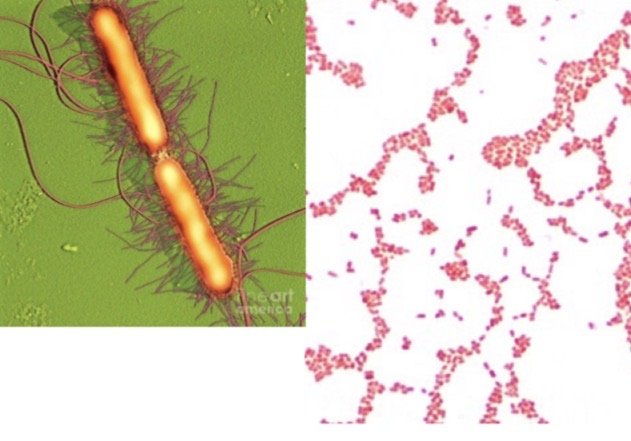
Genus: Proteus
Bacteria, Phylum: Proteobacteria
Proteus are Gram-negative rods, motile via flagella, and facultatively anaerobic. They are known for swarming motility and production of urease, which can lead to urinary tract infections and kidney stone formation. Proteus mirabilis, in particular, is implicated in nosocomial infections and is an opportunistic pathogen.
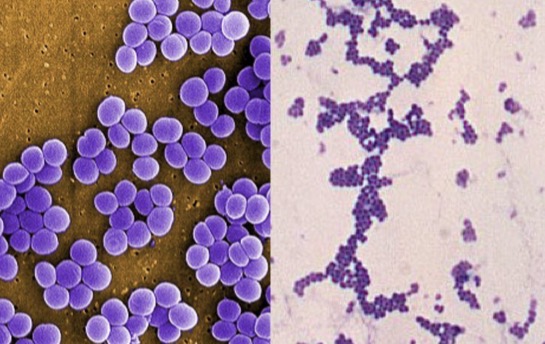
Genus: Staphylococcus
Bacteria, Phylum: Firmicutes
Staphylococcus species are Gram-positive cocci, often found in clusters. Staphylococcus aureus is notorious for causing a range of infections, from minor skin abscesses to more severe diseases like pneumonia, endocarditis, and toxic shock syndrome. Many strains have acquired antibiotic resistance, making infections harder to treat.
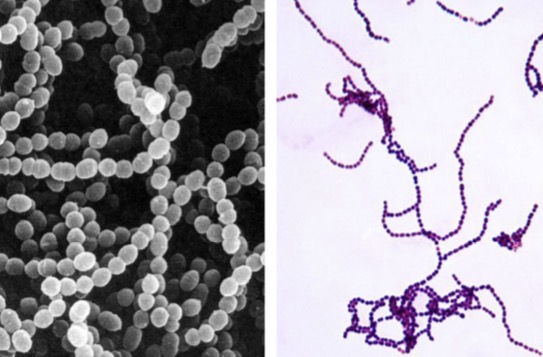
Genus: Streptococcus
Bacteria, Phylum: Firmicutes
Streptococcus are Gram-positive cocci, generally found in chains or pairs. Group A Streptococcus (S. pyogenes) is adapted to humans, causing pharyngitis, skin infections, and serious invasive diseases like necrotizing fasciitis. Streptococcus can also cause autoimmune sequelae, such as rheumatic fever.
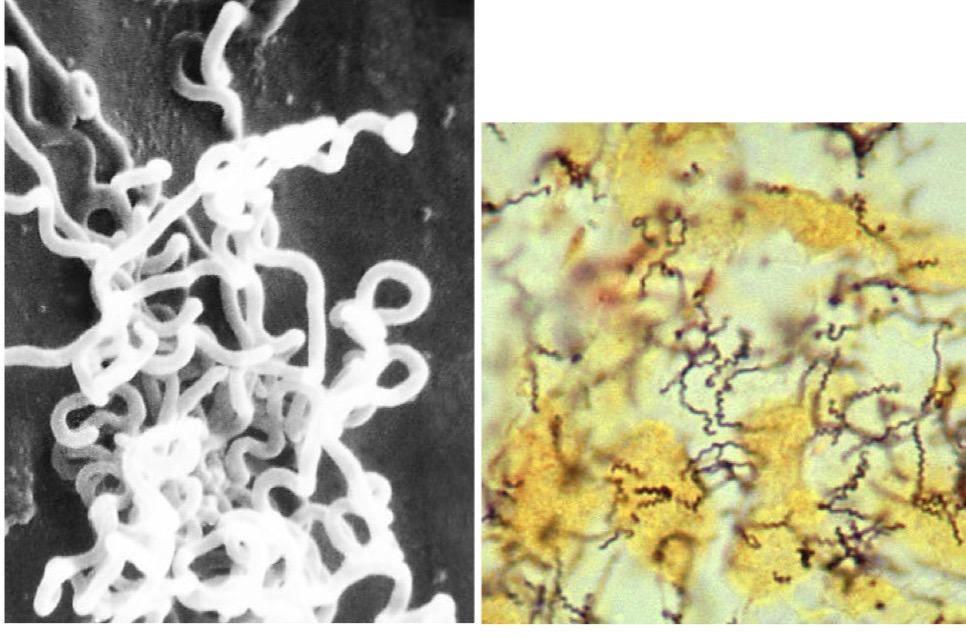
Genus: Treponema
Bacteria, Phylum: Spirochaetota (Spirochaetes)
Treponema are Gram-negative, spiral-shaped bacteria with flagella located in the periplasmic space, characteristic of spirochetes. They are difficult to culture in vitro. Treponema pallidum subspecies are human pathogens causing syphilis (subsp. pallidum), yaws (subsp. pertenue), bejel (subsp. endemicum), and pinta (subsp. carateum).
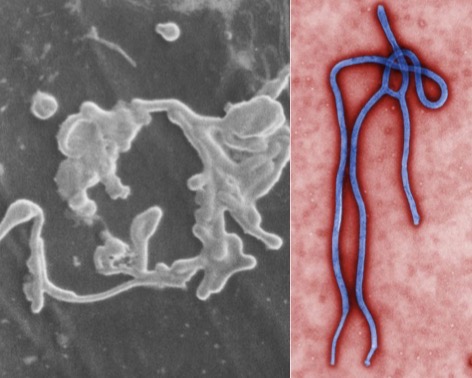
Genus: Ebolavirus
Virus: Ebolavirus
Ebolaviruses are filamentous, enveloped viruses with single-stranded, negative-sense RNA genomes. They cause Ebola virus disease in humans and other primates, marked by severe hemorrhagic fever and high mortality rates. Outbreaks have occurred in Africa, and some species (Zaire ebolavirus) have particularly high fatality rates.
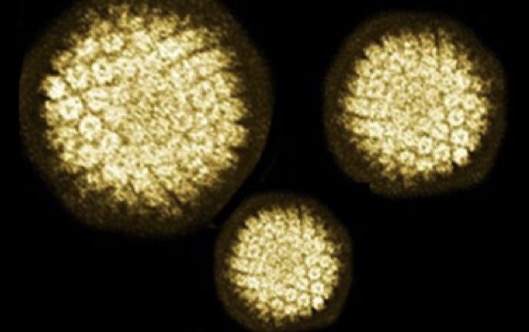
Genus: Papillomavirus
Family: Papillomaviridae
Papillomaviruses are small, icosahedral, non-enveloped DNA viruses that infect epithelial tissues. Human papillomaviruses (HPV) are common, some causing warts and others leading to cancers like cervical and oropharyngeal cancer. Transmission is via direct contact.
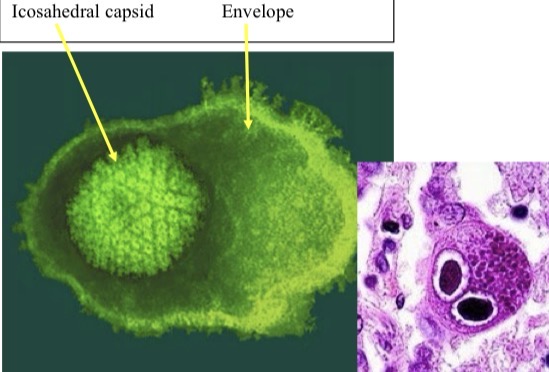
Genus: Simplexvirus
Family: Herpesviridae
Herpes simplex viruses (HSV-1 and HSV-2) are large, enveloped DNA viruses known for latent infections in neurons. HSV-1 causes oral herpes ("cold sores"), HSV-2 causes genital herpes, both can recur and produce painful blisters. Complications may involve encephalitis and neonatal disease.
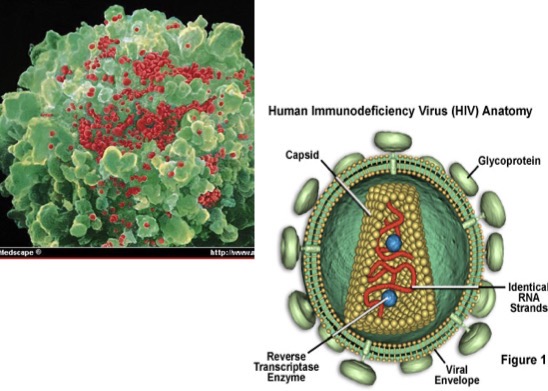
Genus: Lentivirus
Family: Retroviridae
Lentiviruses are retroviruses with single-stranded RNA genomes and long incubation periods. Human immunodeficiency virus (HIV-1 and HIV-2), the cause of AIDS, are the most notable human lentiviruses, leading to progressive immune deficiency. Infection is chronic and lifelong.
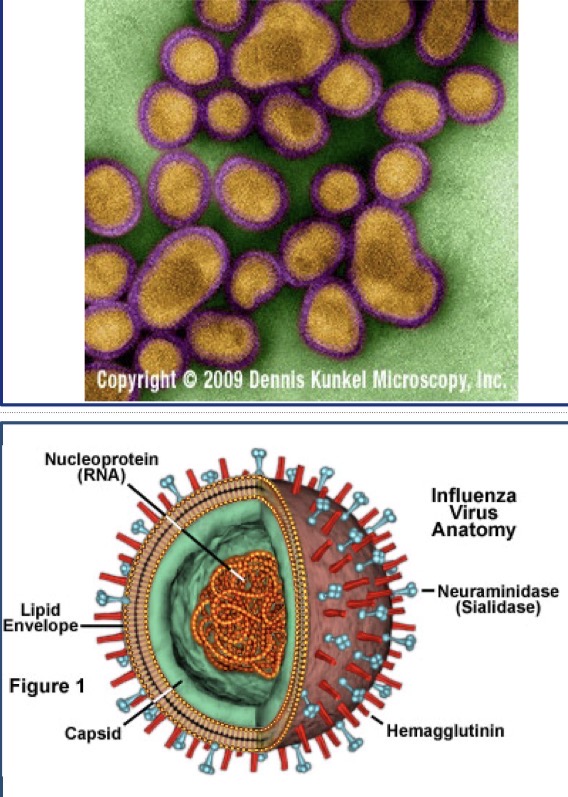
Genus: Alphainfluenzavirus
Family: Orthomyoxoviridae
Influenza A viruses are enveloped, segmented, negative-sense RNA viruses responsible for seasonal flu epidemics and pandemics. Pathogenicity varies by subtype (e.g., H1N1, H3N2). They infect the respiratory tract and can mutate rapidly, causing antigenic shift and drift.
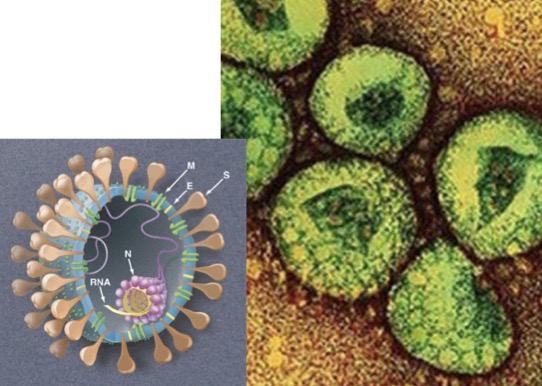
Genus: Coronavirus
Virus: Coronavirus
Coronaviruses are enveloped, positive-sense single-stranded RNA viruses infecting mammals and birds. In humans, they cause diseases ranging from mild colds to severe illnesses like MERS, SARS, and COVID-19. Pathogenicity is enhanced by mechanisms such as the furin cleavage site in SARS-CoV-2.
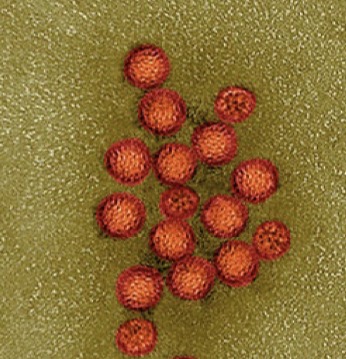
Genus: Norovirus
Virus: Norovirus.
Noroviruses are non-enveloped, positive-sense single-stranded RNA viruses responsible for most cases of viral gastroenteritis worldwide. Transmission is via contaminated food, water, or surfaces, leading to outbreaks marked by vomiting, diarrhea, and stomach pain. Infection usually resolves but can be severe in vulnerable groups.
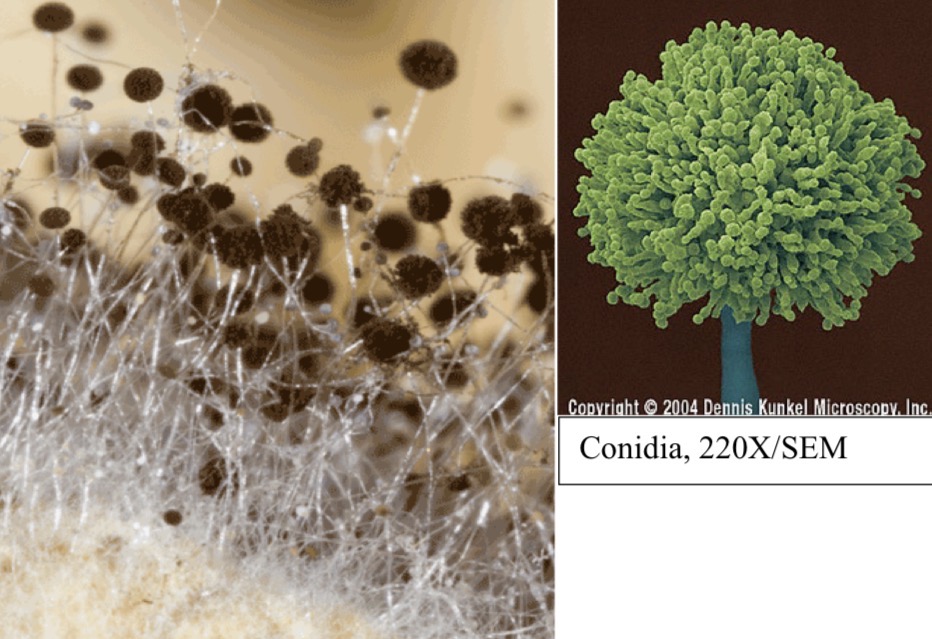
Genus: Aspergillus
Fungi, Phylum: Ascomycota.
Aspergillus is a filamentous fungus common in soil and decaying vegetation; some species cause aspergillosis, a respiratory infection that can become invasive in immunocompromised individuals.
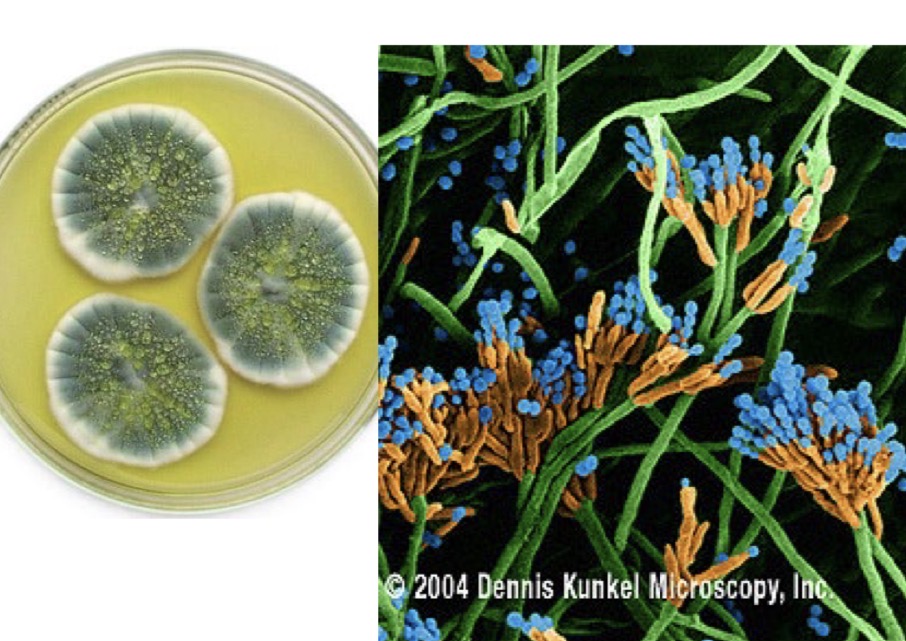
Genus: Penicillium
Fungi, Phylum: Ascomycota.
Penicillium is a mold known for its role in natural cheese production and for being the source of penicillin antibiotics; it rarely causes human disease but may lead to allergic reactions or opportunistic infections.
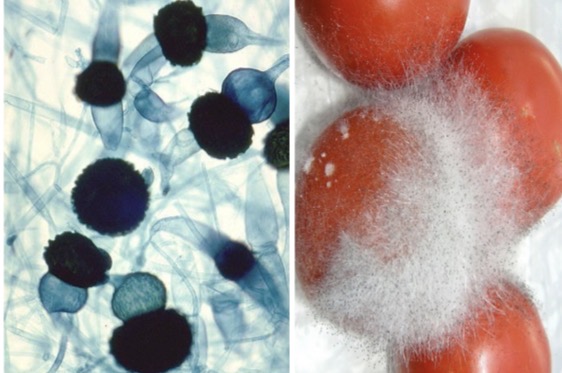
Genus: Rhizopus
Fungi, Phylum: Zygomycota (Mucoromycota).
Rhizopus is a fast-growing, saprotrophic mold often found on bread; it can cause mucormycosis, a severe infection in immunocompromised patients.
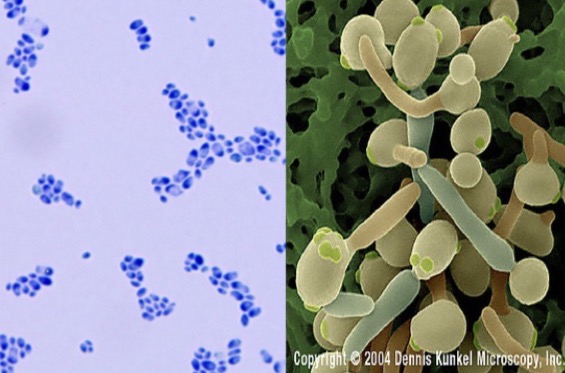
Genus: Candida
Fungi, Phylum: Ascomycota.
Candida is a yeast that is part of the normal human microbiota but can cause candidiasis, including oral thrush and vaginal yeast infections, especially when host immunity is reduced.
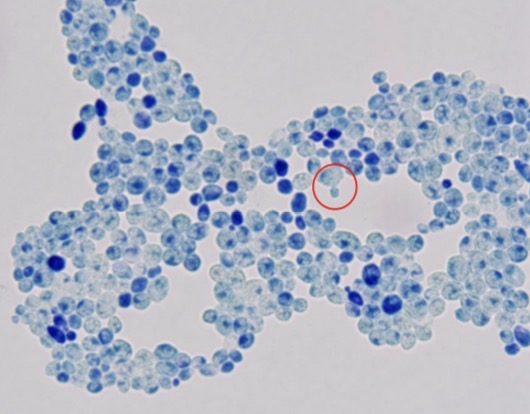
Genus: Saccharomyces
Fungi, Phylum: Ascomycota.
Saccharomyces is a non-pathogenic yeast best known for its use in baking and brewing (S. cerevisiae); it very rarely causes infection in healthy individuals.
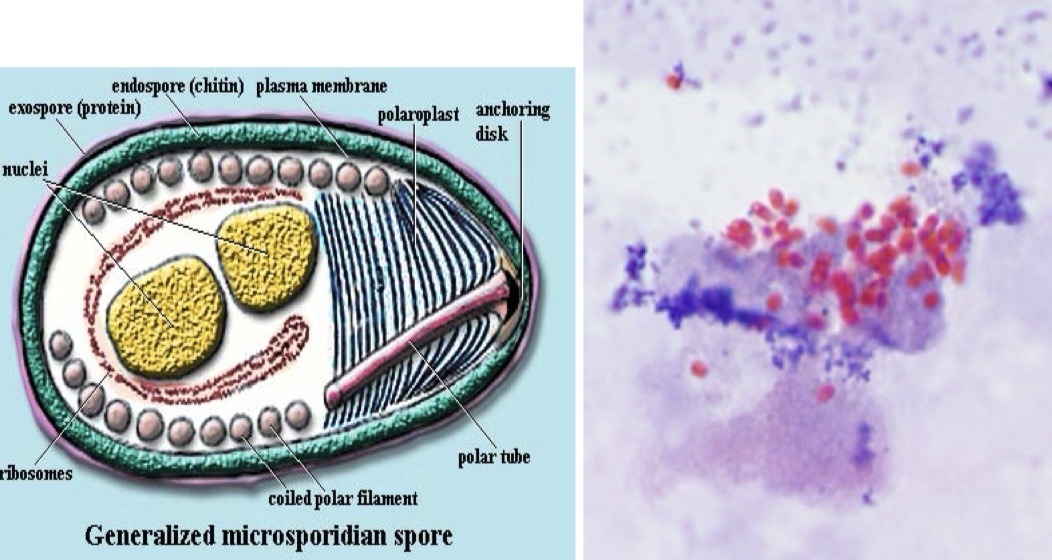
Genus: Enterocytozoon
Fungi, Phylum: Microsporidia.
Enterocytozoon is a microsporidian fungus that infects epithelial cells, causing chronic diarrhea and wasting, especially in immunocompromised hosts.
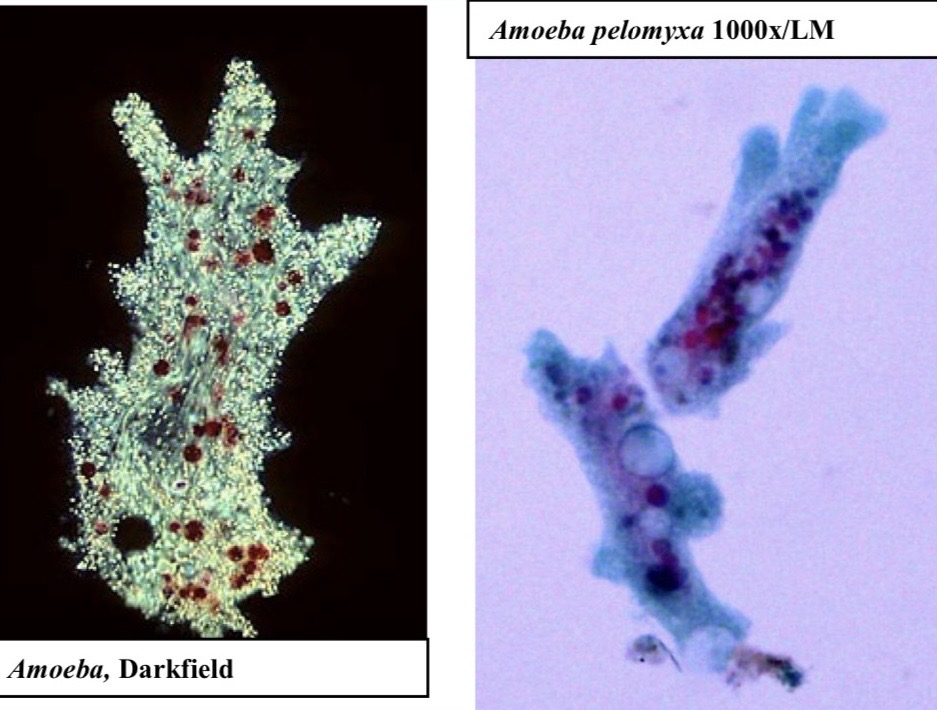
Genus: Amoeba
Protist, Phylum: Amoebozoa.
Amoeba refers to free-living, single-celled protists that move via pseudopodia; while most are harmless, some (such as Entamoeba histolytica) cause amoebic dysentery in humans.
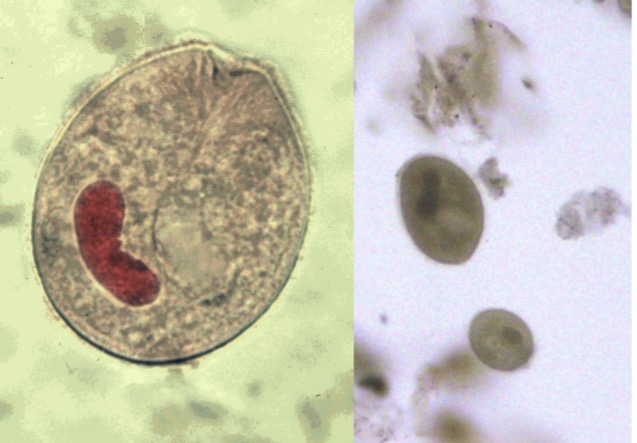
Genus: Balantidium
Protist, Phylum: Ciliophora.
Balantidium is a large ciliated protozoan capable of infecting the human intestine; Balantidium coli causes balantidiasis, a type of dysentery associated with contaminated water or food.
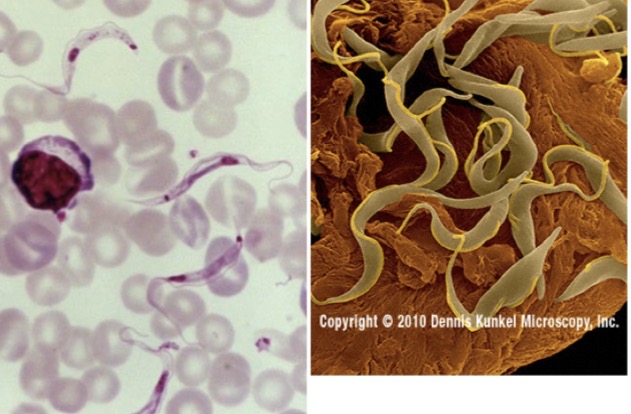
Genus: Trypanosoma
Protist, Phylum: Euglenozoa.
Trypanosoma are flagellated parasites responsible for African sleeping sickness (T. brucei, transmitted by tsetse flies) and Chagas disease (T. cruzi, transmitted by triatomine bugs); they evade host immunity by antigenic variation.
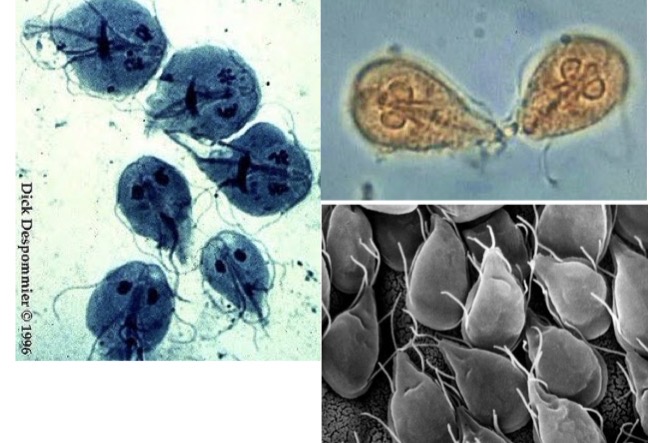
Genus: Giardia
Protist, Phylum: Metamonada.
Giardia are flagellated protozoa with a unique teardrop shape; Giardia lamblia causes giardiasis, a diarrheal illness spread by contaminated water, and is notable for its resistance to chlorine.
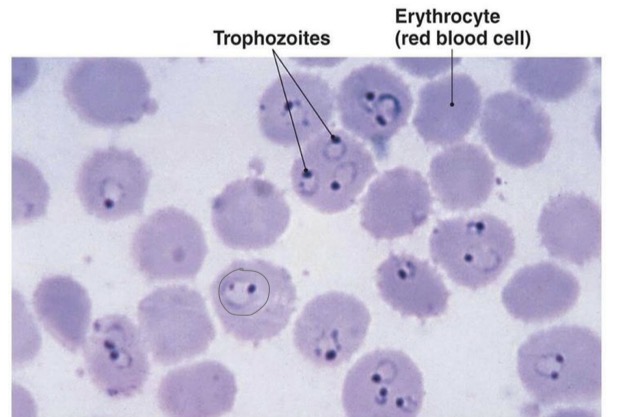
Genus: Plasmodium
Protist, Phylum: Apicomplexa.
Plasmodium is a non-motile protozoan responsible for malaria, transmitted by Anopheles mosquitoes; it includes several species, with P. falciparum causing the most severe disease.
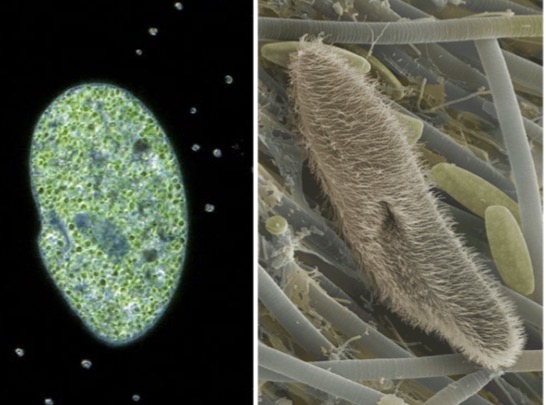
Genus: Paramecium
Protist, Phylum: Ciliophora.
Paramecium are free-living ciliated protozoa common in freshwater; they are not involved in human disease but are used as model organisms in teaching and research.
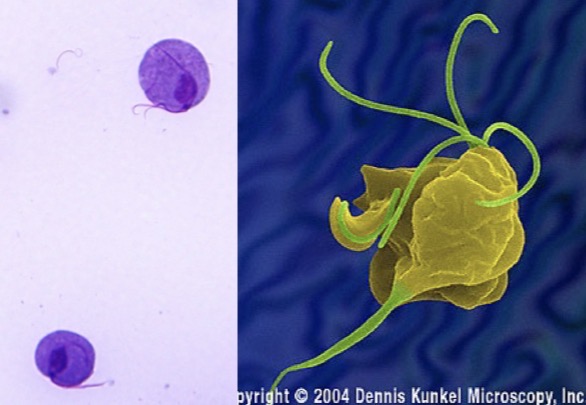
Genus: Trichomonas
Protist, Phylum: Parabasalia.
Trichomonas includes flagellated protozoa such as T. vaginalis, which causes trichomoniasis, a sexually transmitted infection involving inflammation of the urogenital trac
A patient presents with a severe hemorrhagic fever with high mortality rates. Which genus of microbe is the most likely cause?
Ebolavirus
Which genus is responsible for diseases ranging from mild colds to severe illnesses like MERS, SARS, and COVID-19?
A) Norovirus
B) Coronavirus
C) Alphainfluenzavirus
D) Simplexvirus
Correct Answer: B) Coronavirus
Oral herpes, commonly known as "cold sores," and genital herpes are caused by a member of which genus?
Simplexvirus
An individual experiences chronic diarrhea and wasting, particularly if immunocompromised. Which microsporidian parasitic fungus is the likely culprit?
Enterocytozoon
Which genus of microbe is known to cause dysentery in humans?
Amoeba
African sleeping sickness and Chagas disease are caused by flagellated parasites belonging to which genus?
Tryptanosoma
A diarrheal illness spread by contaminated water, characterized by resistance to chlorine, is caused by a member of which genus?
Giardia
Malaria, transmitted by Anopheles mosquitoes, is caused by a non-motile protozoan from which genus?
Plasmodium
Which genus causes trichomoniasis, a sexually transmitted infection involving inflammation of the urogenital tract?
Trichomonas
A respiratory infection is caused by a mold which becomes invasive in immunocompromised individuals. What is the likely culprit?
Aspergillus
Which genus of microbe is responsible for syphilis, yaws, bejel, and pinta?
Treponema
Urinary tract infections and kidney stone formation, often associated with swarming motility, are linked to infections by members of which genus?
Proteus